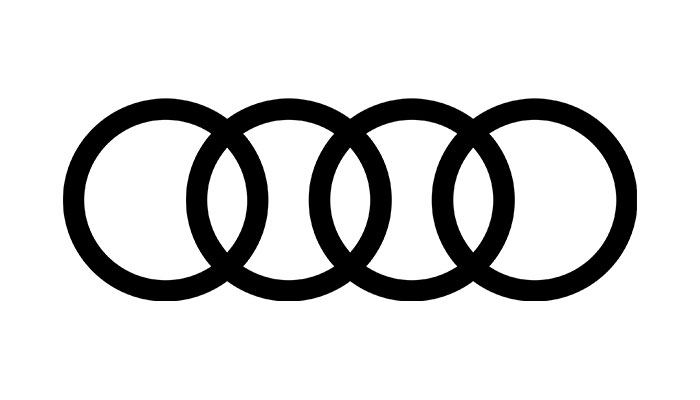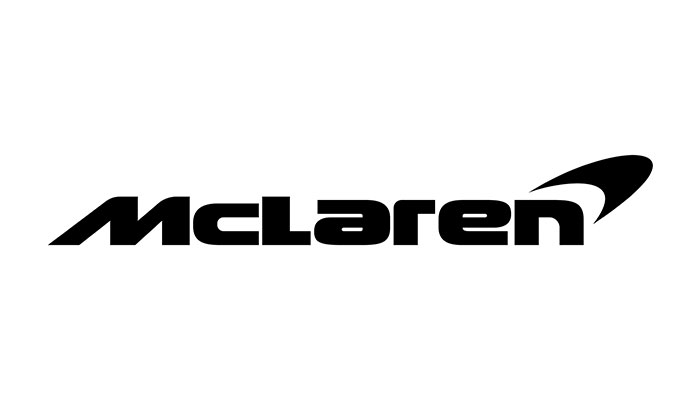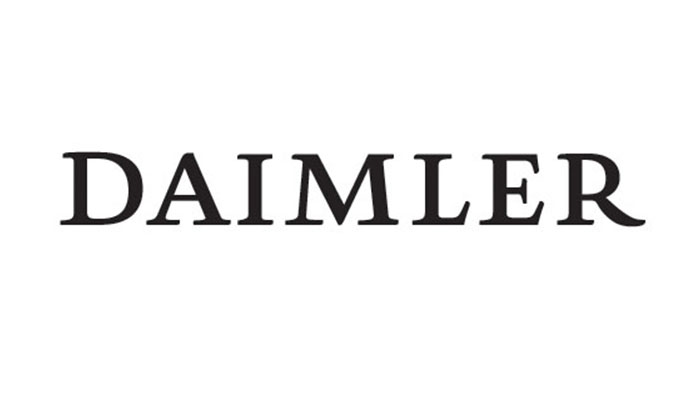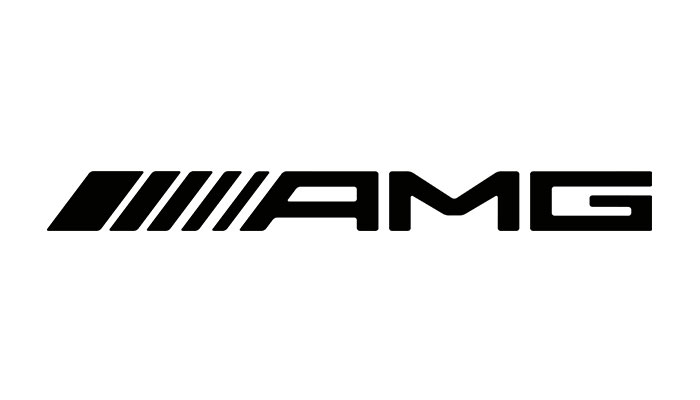Introduction
In applications ranging from the Airbus A380’s flap actuation system to helicopter tail rotors and high-speed sports cars, transmission shafts must withstand extreme torque or rotational speeds. Traditional steel designs came at the cost of weight, complexity, or performance. COTESA’s solution reimagined shaft production, delivering aerospace-grade performance in a scalable, cost-efficient format.
Challenge
Two core requirements dominate transmission shaft design:
- High torque transmission (e.g., A380 flap systems)
- High-speed rotation (e.g., helicopter tail rotors, cardan shafts)
Both posed tradeoffs:
- Achieving torque strength required larger diameters or thicker walls, increasing mass and cost
- High-speed shafts required intermediate bearings to manage vibrations, which increased system weight and complexity
Additionally, specialized applications demanded:
- High-temperature stability (glass transition temperatures above 180°C)
- Scalability for series production, without compromising material performance
Solution
COTESA replaced conventional forged steel shafts with carbon fiber composite shafts, leveraging tailored mechanical properties:
- High-strength fibers for torque-dominated applications
- Ultra-high modulus (UHM) fibers at 0° orientation for maximizing longitudinal stiffness and natural frequencies
This was made possible by COTESA’s patented prepreg stack winding process—a hybrid between filament winding and prepreg lamination.
- Freedom of fiber angle orientation to match precise load conditions
- Layered fiber types (e.g., ±45° for torsion, 0° UHM for stiffness)
- Integration of load-introduction elements via co-bonding, eliminating post-cure assembly
In addition, the solution employed:
- Snap-cure resin systems, allowing 12-minute cure cycles
- A hot-in/hot-out process, achieving autoclave-level performance with press-like efficiency
Conclusion
COTESA’s innovative approach turned a traditionally heavy and expensive component into a lightweight, high-performance solution suitable for large-scale production.
- Cure time cut from 120 to 12 minutes, a 90% cycle reduction
- At least 50% time savings in laminate formation
- Weight reduction vs. steel shafts, enabling performance gains and downstream system simplification
- Scalable process now used across aerospace and automotive platforms











